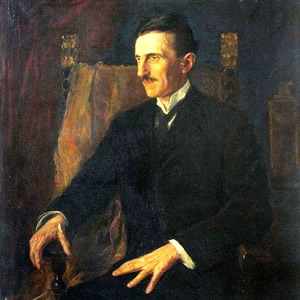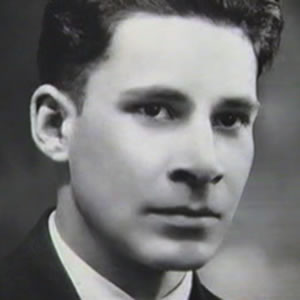The discovery of a good historically based story is like the discovery of a hidden treasure. Perhaps the fascination arises from the romance of far removed events with participants who had the same kinds of hopes, dreams, and struggles as we, and yet, in a very different environment. Good teachers often employ such stories in their teaching.
Klassen, S. (2007). The Application of Historical Narrative in Science Learning: The Atlantic Cable Story. Science & Education 16(3-5), 335-352.
 |
Interest in Learning Science Through Stories. In this paper, we review the research on interest and apply it to the understanding, construction, and effective use of science stories. The raising of interest in science addresses the vital concern of declining engagement with school science. Prototype stories and methods to incorporate them are included. |
 |
A "Romantic Understanding" of Science. The purpose of this paper is to apply the notion of romantic understanding by outlining its features and its potential role in science education, identify its features inthe Nikola Tesla story, and describe an empirical study to determine the effect of telling such a story to Grade 9 students. |
 |
Tickling the Dragon’s Tail. It is a little known fact that the scientist who was a key figure in assembling the first “atomic” bomb ever to be exploded was a native Winnipegger, Louis Slotin. Slotin was drafted into the crucial bomb-construction phase of the Manhattan Project and, amazingly, was the lead assembler of the first atomic bomb. |
